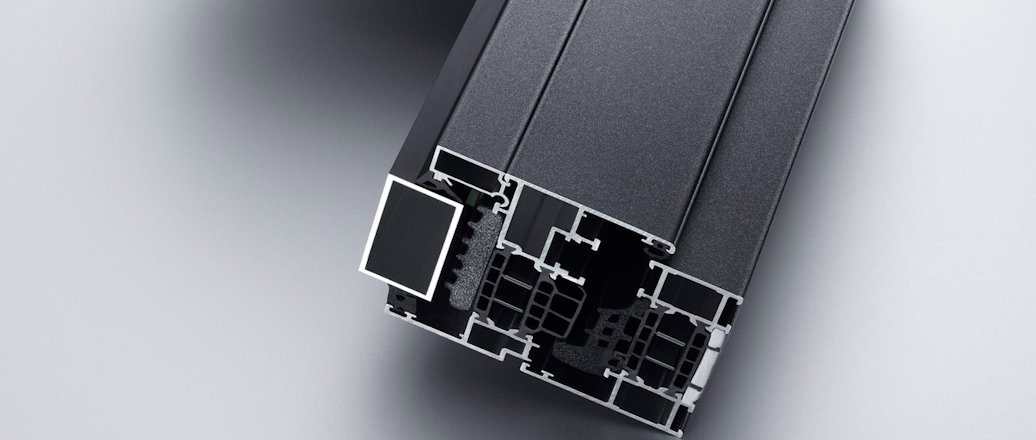
Thermal Break in products such as windows & conservatories can help reduce energy consumption in households and commercial properties by reducing heat dissipation. Cool in the summer, warm in the winter!
Thermal Break in products such as windows & conservatories can help reduce energy consumption in households and commercial properties by reducing heat dissipation. Cool in the summer, warm in the winter!
The principle for the process is a non-conductive material, usually a rolled polyamide plastic strip, being fabricated between two aluminium components to reduce reciprocal temperature exchanges as well as improving noise reduction, radiation transference and prevention of vibration dampening. For example, a thin polyamide layer being applied between the internal and external aluminium profiles within a window frame. This will limit heat from outside coming in and the heat from inside going out.
The most common application for thermal break is glazing, window and door solutions within residential and industrial buildings. It can also be used to improve the sustainability of a design or project.
The use in these applications mostly features temperature control, for example keeping your home warm during winter by reducing heat escaping and restricting the external temperature from coming in.

Performance related factors in design can also be addressed by applying thermal break. For example, in balconies, thermal break can help reduce cold bridging at the junction where the balcony meets the building/ façade. The application can also be used to join two profiles with varying surface treatments.
Our Birtley aluminium extrusion site provides the facilities and capabilities for Thermal Break application to create more sophisticated, durable and complex structures by co-joining profiles that the die design process cannot achieve alone.
All profiles and extrusions that are subject to thermal break application undergo dimension and shear tests to ensure the product complies to customer design specifications.


